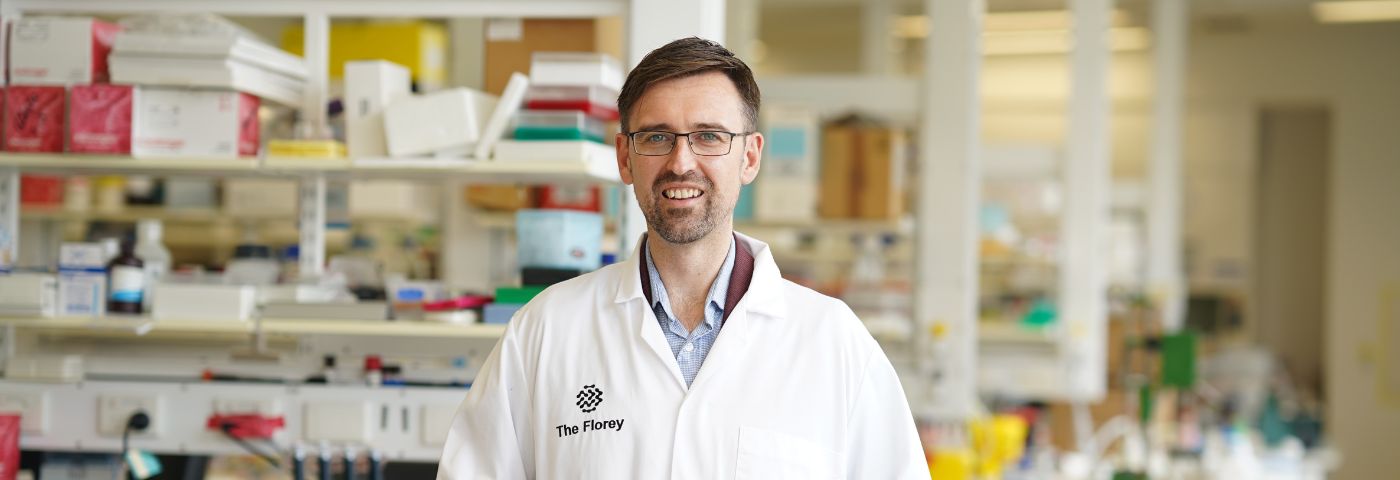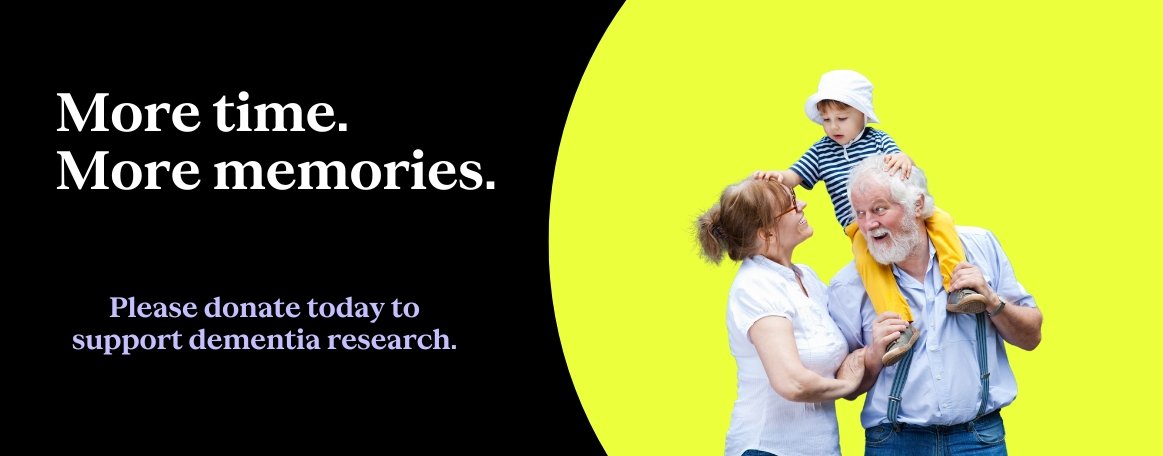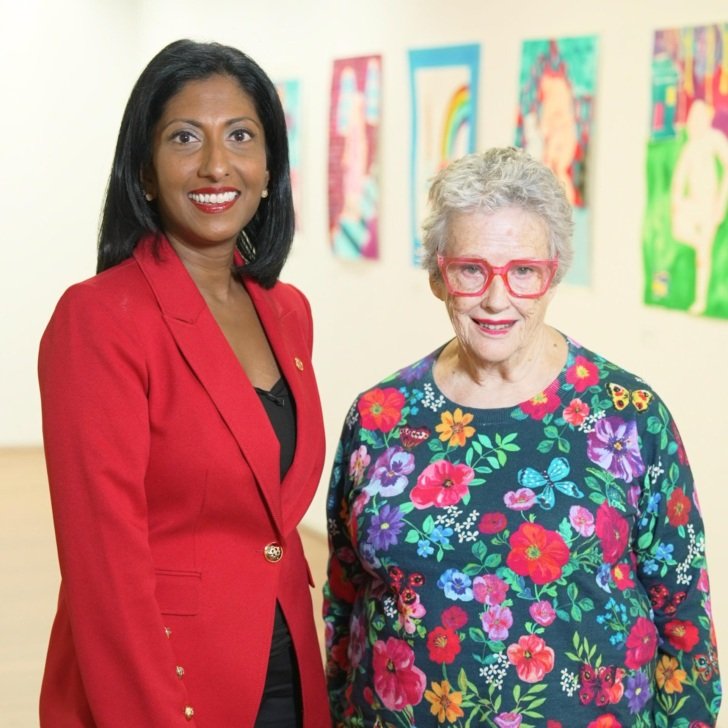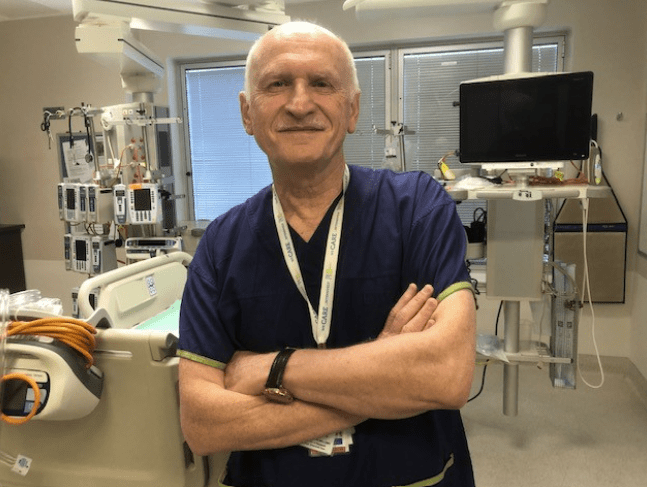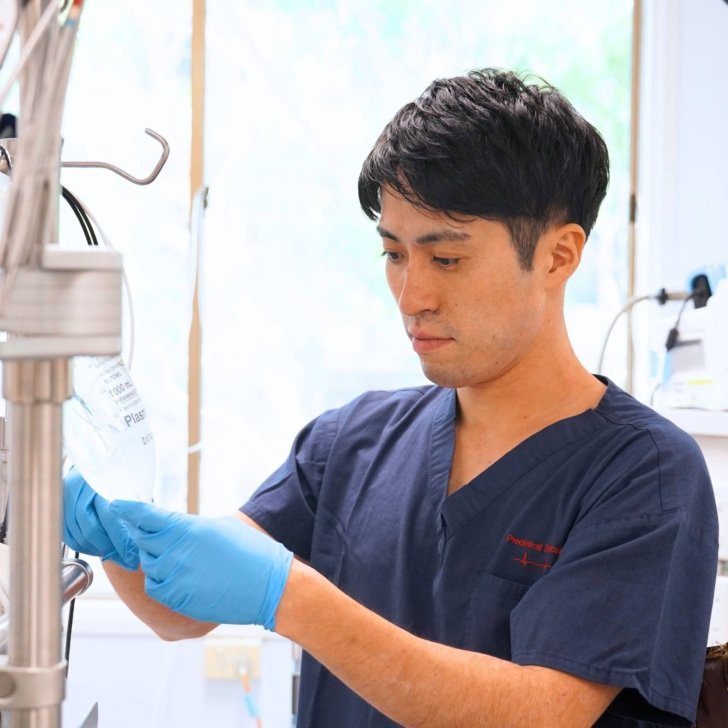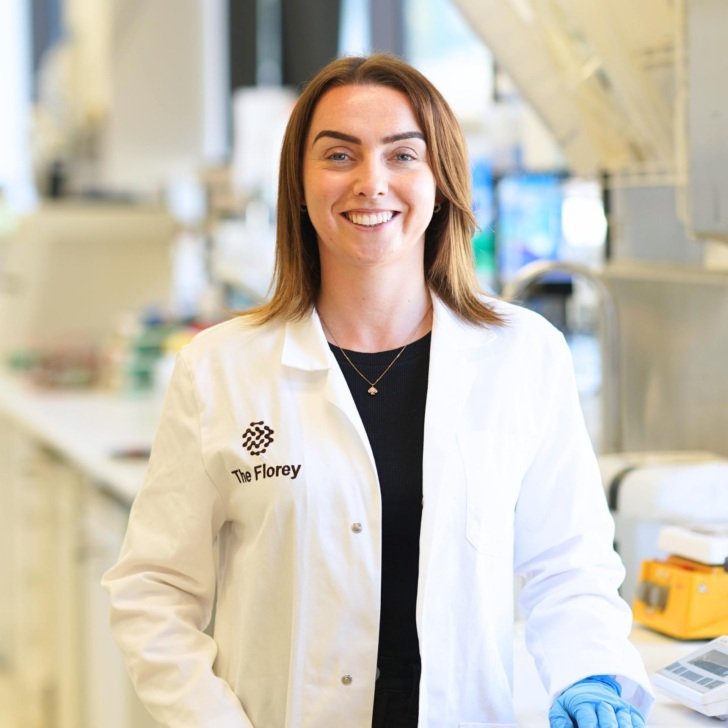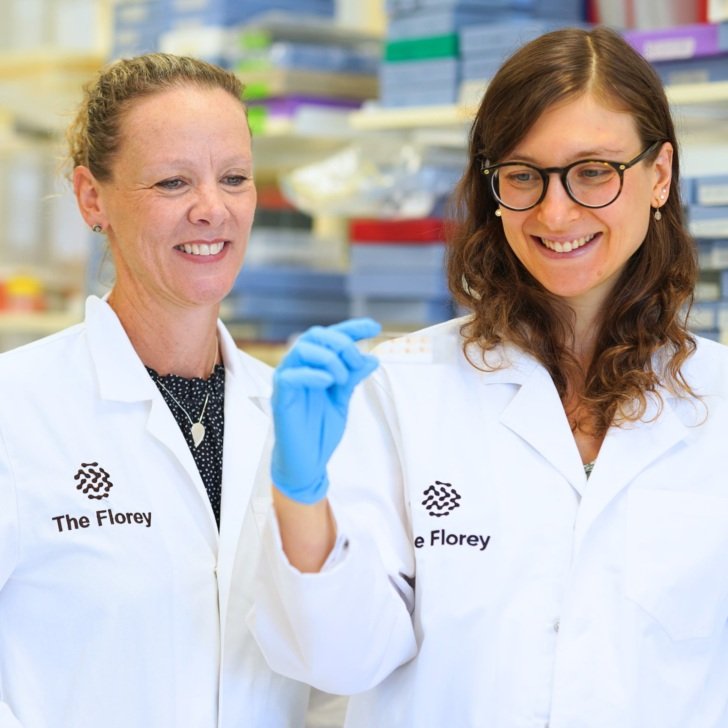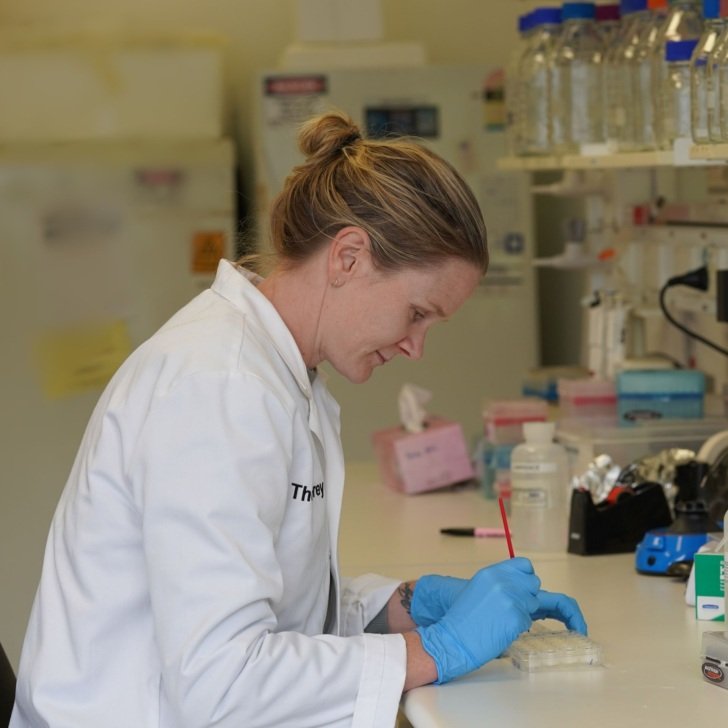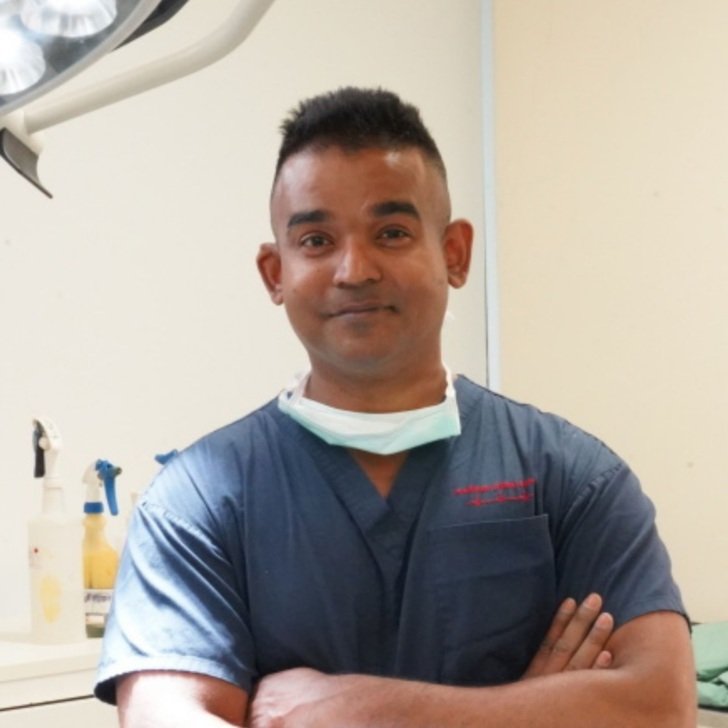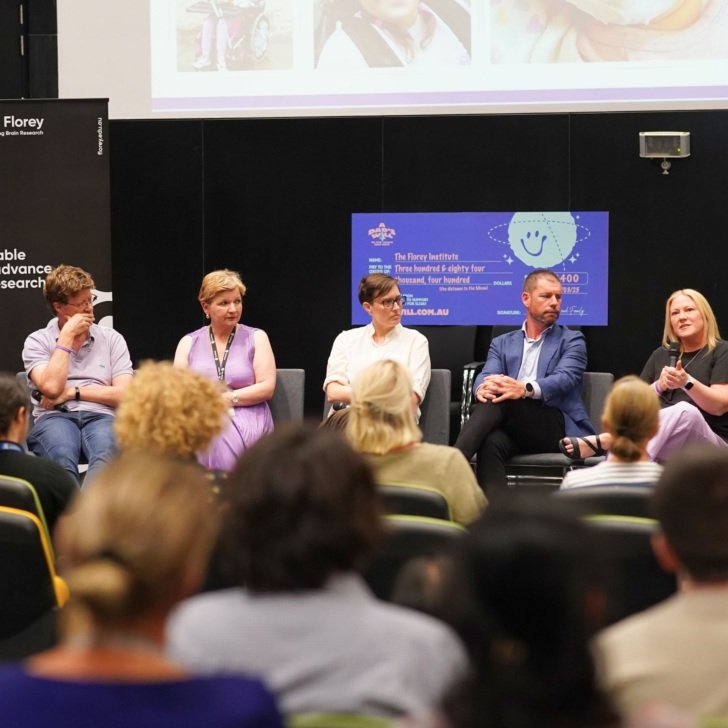When I started my medical research career back in 2007 – the year the iPhone was invented – I was excited to join the field of dementia because it hadn’t seen a major breakthrough in treatments. I believed real impact was just around the corner.
But while the iPhone has improved almost beyond recognition, there has been slow progress on dementia.
For too long, hope has been out of reach for families, caregivers, and researchers alike.
Now, after decades of painstaking research and large-scale collaborations between research groups across the globe, I’m finally excited to see the tide begin to turn. We are starting to see progress that is reshaping how we diagnose, treat, and ultimately understand this cruel disease.
Every statistic about dementia is confronting.
Globally, someone develops the condition every three seconds. In Australia, 250 people a day are diagnosed with dementia.
Provisional data suggests that next year, for the first time, dementia will overtake heart disease as the leading cause of death in Australia.
Yet the numbers only tell part of the story. If you’ve watched a loved one face dementia, you know its devastating reach beyond any statistics. Dementia erodes memories, independence, and connections, leaving families grappling with grief and exhaustion long before the final goodbye.
This is also true for my family. My father is living with dementia, and his condition has progressed to the point where he now requires higher-level residential care.
As a dementia researcher – and as the child of someone living with this disease – I share the desperation for a glimmer of hope. There’s an urgent need to do better – starting with how we diagnose the condition.
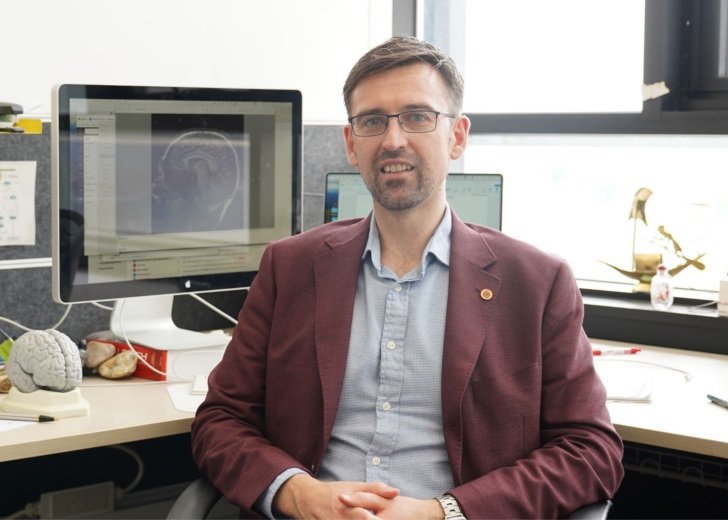
In Australia, it takes an average of two years to diagnose dementia, and even then, the results are inaccurate up to 30% of the time.
I know some of you reading this will have experienced that uncertainty first-hand. If we are to help patients and their families, we must cut that timeline dramatically and improve diagnostic precision.
What was once a far-off dream is now a reality: Researchers have developed blood tests capable of detecting Alzheimer’s disease – the most common form of dementia – with over 90% accuracy.
These tests offer a quicker, more accurate, more affordable, and less invasive way to diagnose dementia. Blood tests are even detecting the disease years before any symptoms.
Currently, Florey researchers are partnering with select memory clinics to trial these new tests at the point of diagnosis. If successful, these blood tests could soon be adopted nationwide.
Yet this progress raises a tough question: Do people really want to know they are likely to develop dementia if there aren’t effective treatments available? For years, this dilemma has cast a shadow over research.
But breakthrough treatments are starting to change the conversation.
At best, today’s treatments address symptoms rather than the underlying disease. But this paradigm is shifting.
Recently, two groundbreaking medications, lecanemab and donanemab, have made headlines as new treatments for Alzheimer’s disease. Both work by targeting amyloid plaques in the brain – a defining characteristic of the condition.
These drugs have been approved for use in the US and several other countries and are currently under consideration in Australia. While they are not cures, they represent a critical step forward by slowing cognitive decline and changing the disease itself and how it progresses.
These advancements are encouraging, but we know there’s more to be done.
At The Florey, groundbreaking work in mRNA technology – familiar to many through COVID-19 vaccines – is opening new possibilities for dementia treatment. Researchers are exploring ways to harness mRNA to deliver therapeutic proteins directly to the brain, targeting the disease with unprecedented precision.
Although still in early stages, this bold and innovative approach could revolutionise dementia care.
As researchers, we don’t take hope lightly.
When we speak with people living with dementia and their families, we know the stakes are deeply personal.
These are real lives, real heartbreaks, and real futures. For me, this work is driven by the belief that we owe it to every patient, caregiver, and loved one to keep pushing the boundaries of what’s possible.
I’m not saying we’ll make dementia a treatable condition tomorrow. But I truly believe we’re at the tipping point of transforming this disease for the next generation.
With each discovery, we are building toward a future where fewer families will know the pain of watching a loved one slip away.
Just as the iPhone has seen remarkable improvements year after year, so too will dementia research, with each breakthrough building on the last to deliver better outcomes.
This is why I’m thrilled to see this summer’s fundraising campaign focus on dementia. As we gather to make precious memories this festive season, we are reminded of how much we value time with our loved ones. By supporting dementia research, we’re not just funding science – we’re giving the gift of time, connection, and hope to families everywhere.
Together, we can turn the tide of dementia.
